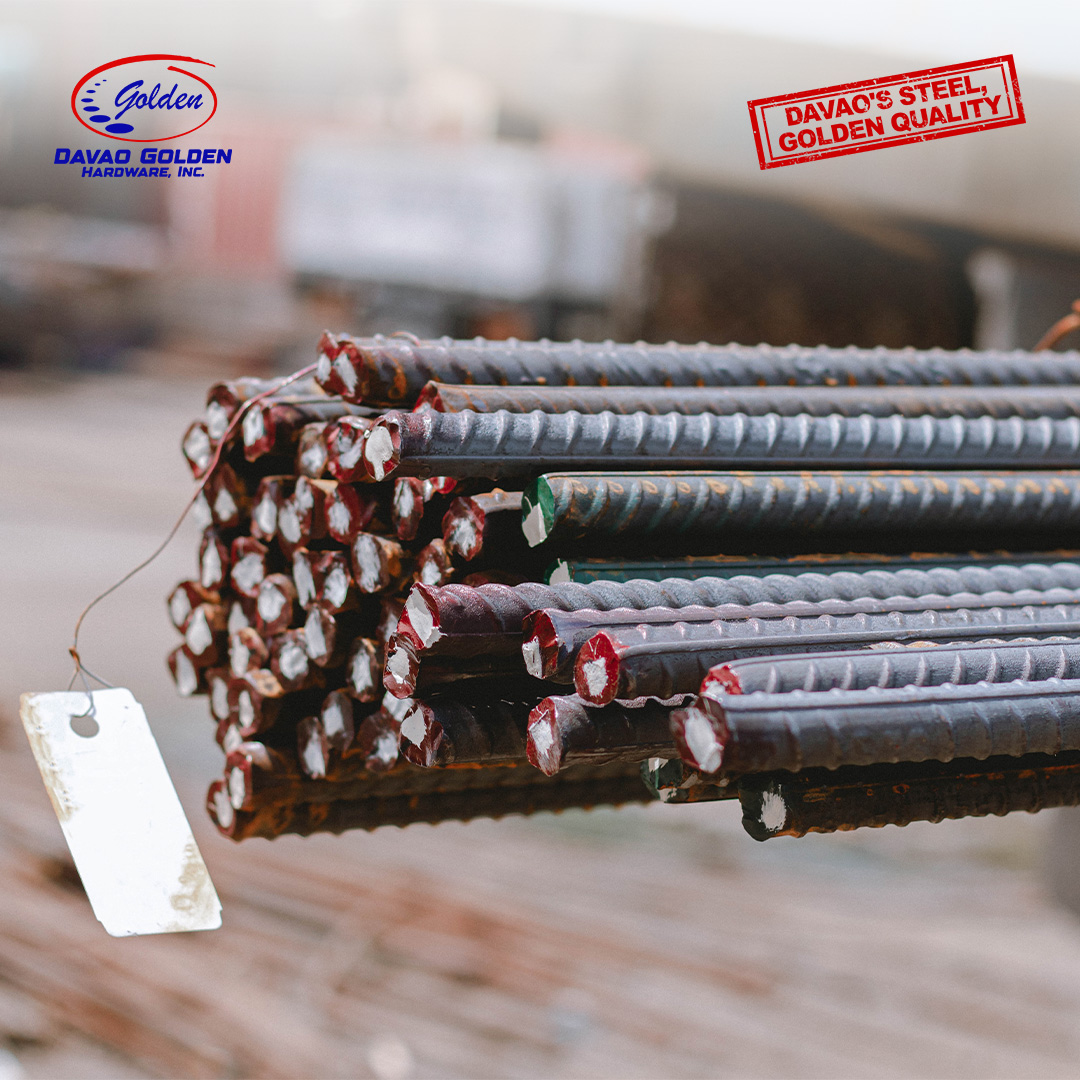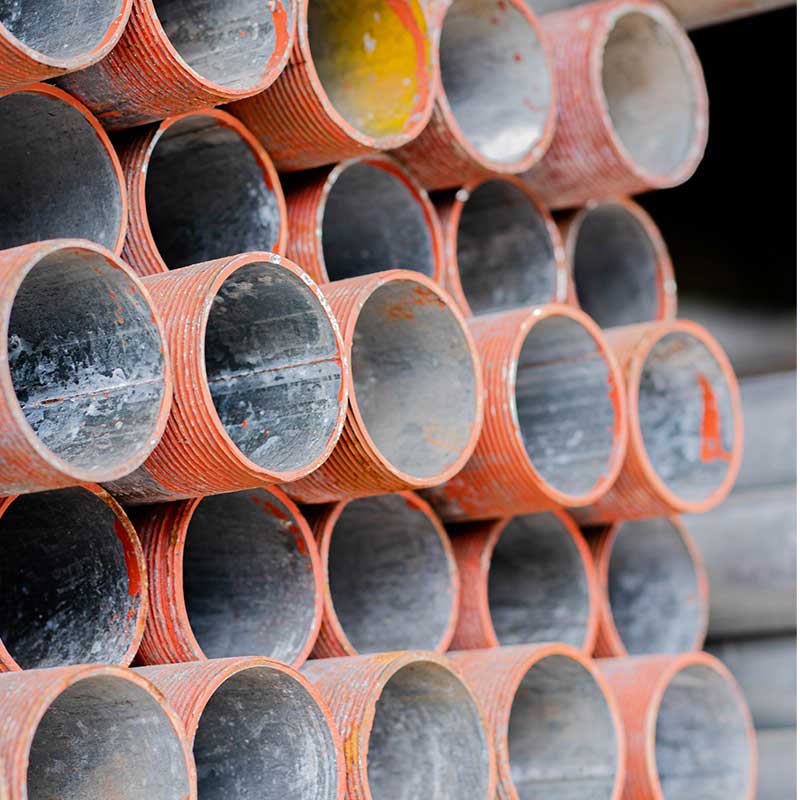Environmental Impact of MHZ Sheet Piles

In today’s construction industry, environmental considerations have become increasingly important. MHZ sheet piles are gaining recognition not only for their structural benefits but also for their reduced environmental impact compared to traditional construction methods. This article explores how the environmental impact of MHZ sheet piles compares to conventional alternatives across various ecological factors.
Comparative Environmental Impact Analysis
According to the Department of Environment and Natural Resources, construction materials significantly impact our environment through their lifecycle. Let’s examine how MHZ sheet piles compare to traditional solutions:
Carbon Footprint
- MHZ Sheet Piles: Lower carbon emissions due to efficient manufacturing processes and reduced transportation requirements
- Traditional Solutions: Higher carbon footprint from cement production, which accounts for approximately 8% of global CO2 emissions
Resource Utilization
- MHZ Sheet Piles: Optimized material usage with 100% recyclability at end of life
- Traditional Solutions: Resource-intensive production requiring significant raw material extraction and limited recycling potential
Waste Generation
- MHZ Sheet Piles: Minimal construction waste due to precision manufacturing and installation
- Traditional Solutions: Substantial waste from formwork, excess concrete, packaging, and material cutting
Ecological Impact During Project Phases
The Environmental Management Bureau emphasizes the importance of considering environmental impacts throughout a project’s lifecycle:
Manufacturing Phase
- MHZ Sheet Piles: Lower energy consumption in production, controlled manufacturing environments
- Traditional Solutions: Energy-intensive cement and concrete production with significant air and water emissions
Transportation Impact
- MHZ Sheet Piles: Reduced transportation volume and weight, lower fuel consumption
- Traditional Solutions: Multiple material deliveries requiring extensive logistics and associated emissions
Installation Environmental Effects
- MHZ Sheet Piles: Minimal soil disruption, reduced equipment usage, shorter project duration
- Traditional Solutions: Extensive excavation, prolonged machinery operation, higher noise and dust pollution
Operational Environmental Performance
- MHZ Sheet Piles: Minimal maintenance requirements reduce ongoing environmental impacts
- Traditional Solutions: Regular maintenance and repairs generate continued environmental effects
Specific Environmental Benefits
Soil Preservation
The environmental impact of MHZ sheet piles on soil is significantly lower due to:
- Minimal excavation requirements
- Reduced soil displacement
- Lower contamination risk
- Preservation of natural soil structure
Water Resource Protection
According to hydrology experts at the National Water Resources Board:
- MHZ sheet piles cause minimal disruption to natural groundwater flow
- Traditional concrete barriers can alter water tables and create damming effects
- Sheet pile installation reduces the risk of groundwater contamination
- Precision installation minimizes waterway sedimentation
Air Quality Considerations
- Shorter installation periods reduce dust and particulate emissions
- Less equipment operation lowers exhaust emissions
- Reduced cement usage decreases harmful air pollutants
- Minimal on-site processing improves local air quality
Sustainability Certifications and Compliance
The Philippine Green Building Council recognizes several advantages:
Green Building Contributions
- MHZ sheet piles can contribute to LEED and BERDE certification points
- Recycled content supports material sustainability requirements
- Lower emissions align with air quality standards
- Reduced site disturbance meets ecological preservation criteria
Regulatory Compliance
- Meets environmental protection standards
- Supports compliance with noise and dust regulations
- Helps achieve sustainability targets
- Aligns with global environmental best practices
Long-term Environmental Benefits
Extended Service Life
- 50+ year lifespan reduces replacement frequency
- Lower lifetime material consumption
- Reduced cumulative environmental impact
- Fewer construction/reconstruction disruptions
End-of-Life Considerations
- 100% recyclability minimizes landfill impact
- Steel recycling is well-established globally
- Energy recovery potential
- Potential for direct reuse in certain applications
Implementation Strategies for Environmental Optimization
Best Practices for Minimal Impact
- Efficient delivery scheduling
- Optimized installation methodologies
- Proper site management
- Waste reduction strategies
Environmental Monitoring
- Groundwater quality assessment
- Noise and vibration monitoring
- Air quality measurements
- Soil disruption evaluation
Conclusion
The environmental impact of MHZ sheet piles is demonstrably lower than traditional construction solutions across numerous ecological factors. From reduced carbon emissions and resource consumption to minimal soil disruption and water impacts, MHZ sheet piles represent a more environmentally responsible choice for modern construction projects.
As the construction industry continues to prioritize sustainability, the environmental benefits of MHZ sheet piles make them an increasingly attractive option for environmentally conscious projects and organizations seeking to reduce their ecological footprint while maintaining structural excellence.




